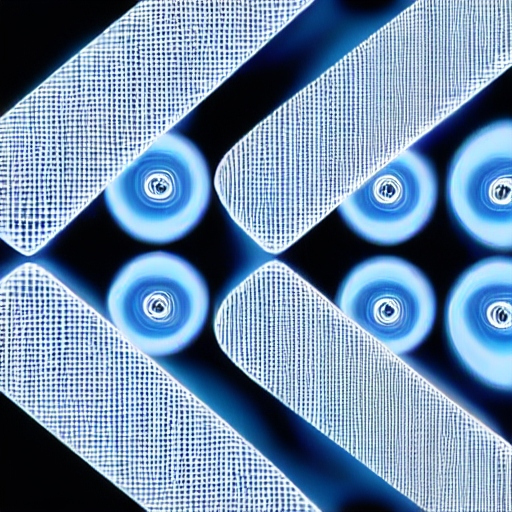Before realizing that carbonized cotton thread burned brightly and for a long period in an incandescent light bulb, Thomas Edison famously attempted hundreds of materials and failed tens of thousands of times. Experiments are frequently expensive (the winning combination cost roughly $850,000 in today’s money) and time-consuming (Edison’s team spent 14 months on it).
The costs and duration of creating the quantum materials that will revolutionize contemporary electronics and computers increase dramatically.
Researchers use comprehensive databases as their virtual labs to discover quantum materials. Researchers at Pacific Northwest National Laboratory (PNNL) have developed a new database of understudied quantum materials, which offers a way to find novel materials that might power devices that are much more powerful than Edison’s lightbulb.
Beyond Edison’s experimentation and failure
Materials researcher Tim Pope explained, We hoped to understand a general class of materials that have the same crystal structure but differing properties depending on how you combine and develop them. There are hundreds of possible combinations in this group of substances, known as transition metal dichalcogenides (TMDs), and each one needs to undergo a week-long reaction in order to produce glitter-sized flakes of the substance.
Making the material is merely the first step towards discovering what it is capable of. Each flake is “really small, really delicate,” according to PNNL computational scientist Micah Prange, and quantum properties will only appear when analyzed at ultra-low temperatures. In other words, “a whole research programme could go into each flake.”
Regardless matter how difficult it is to create and measure them, each combination has the potential to significantly improve electronics, batteries, pollution cleanup, and quantum computing systems.
According to Prange, the flakes might be compared to “fancier graphene with a richer phenomenology and more practical possibilities.” With applications ranging from wearable electronics to aerospace, graphene is widely considered as the material of the future due to its strength, lightness, and flexibility.
“Because of the diverse properties of this class of materials, one of the combinations could be selected for a desired property and precisely paired to the ideal use,” said Pope, “or even a brand new application.”
Quantum material development of the future
The database was created as part of PNNL’s Chemical Dynamics Initiative, which aimed to harness PNNL’s strengths in data science to bridge knowledge gaps caused by measurement issues and experimental limits.
The 38 transition metals, such as tungsten or vanadium, are combined in different ratios with three sulphur family elements to create these specific quantum materials. Additionally, they may be grown in three different crystal forms, opening the door to countless possible combinations, each with its own unique set of features.
The scientists estimated the characteristics of 672 distinct structures with a total of 50,337 different atomic combinations using a modelling technique known as density functional theory. There were less than 40 investigated configurations prior to this study, and little was known about their characteristics.
According to Prange, models can be used to calculate the quantum mechanics of atom arrangement. It is possible to infer from this whether a material will conduct electricity, be transparent, or be difficult to compress or bend.
With the aid of the database, the researchers from PNNL discovered pronounced variations in the electrical and magnetic behaviors between various combinations. Importantly, the researchers discovered additional patterns as they varied the transition metal, including a new understanding of the quantum chemistry of transition metals.
Quantum combinations for machine learning
Speaking of the flakes created at PNNL that are starting to verify the modelling outcomes, Pope noted that when the crystal structure was overlaid with the database, it matched precisely.
Speaking of the flakes created at PNNL that are starting to verify the modelling outcomes, Pope noted that when the crystal structure was overlaid with the database, it matched precisely.
The objective was to create a massive data set of theoretical simulations, according to Prange, so that they might utilize data analytics to comprehend these materials. The fact that they conducted enough varied scenarios to effectively employ machine learning is the project’s immediate benefit.
Researchers can use the open-source dataset, which was published in Scientific Data, as a good place to start when examining connections between basic structures and associated properties. They can narrow their selection of study resources using this information.
According to CDI Chief Scientist Peter Sushko, “this project is one example of how we can use a large computational dataset to guide experimental research.” Projects like this one contribute crucial data to the machine learning community and have the potential to speed up material development. It’s intriguing to think about what has to be learned next to enable atomic-level synthesis of these materials.








